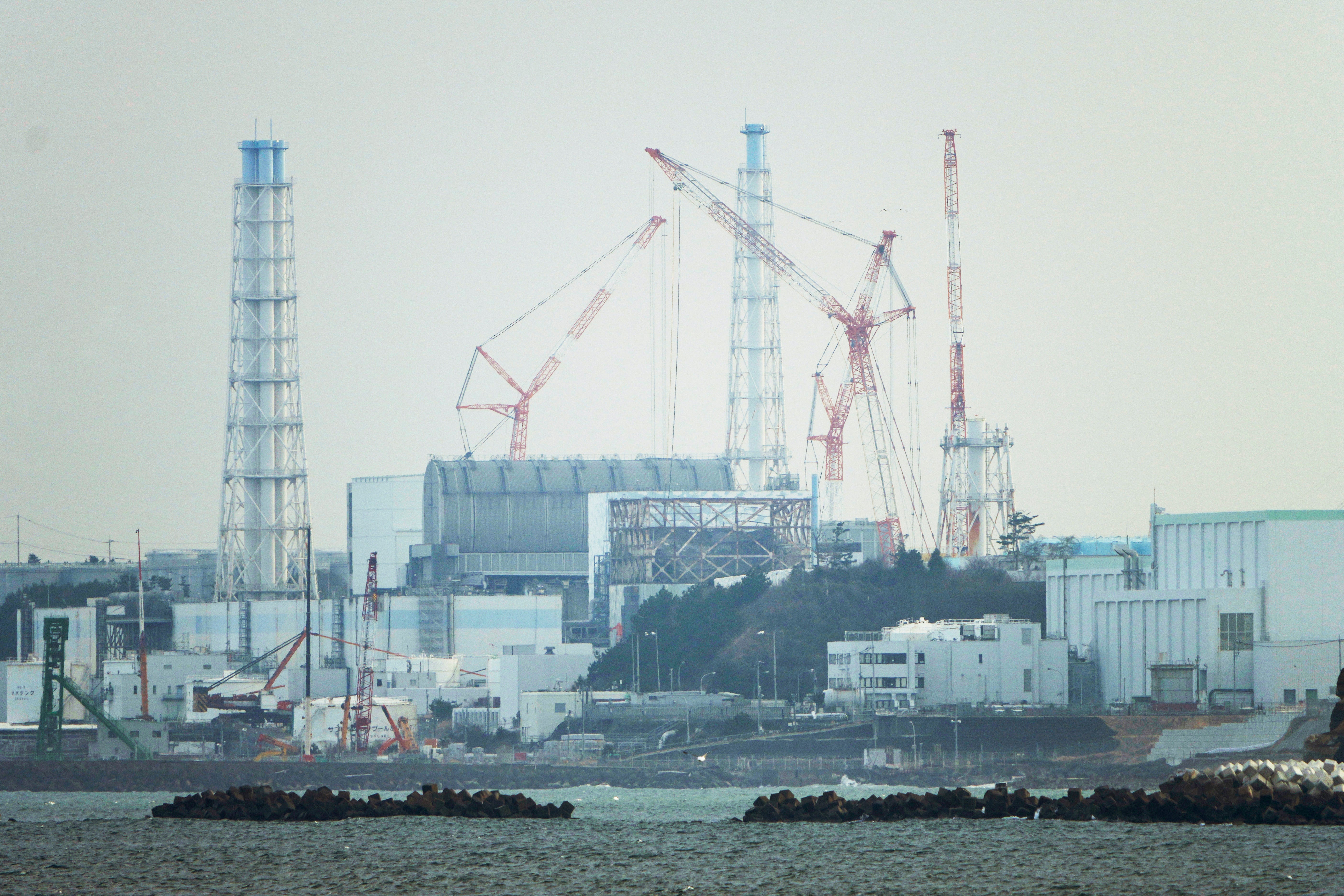Some Fukushima residents will finally be allowed to return home 10 years after nuclear disaster
About 2.4 per cent of prefectural land is said to be still contaminated

Your support helps us to tell the story
From reproductive rights to climate change to Big Tech, The Independent is on the ground when the story is developing. Whether it's investigating the financials of Elon Musk's pro-Trump PAC or producing our latest documentary, 'The A Word', which shines a light on the American women fighting for reproductive rights, we know how important it is to parse out the facts from the messaging.
At such a critical moment in US history, we need reporters on the ground. Your donation allows us to keep sending journalists to speak to both sides of the story.
The Independent is trusted by Americans across the entire political spectrum. And unlike many other quality news outlets, we choose not to lock Americans out of our reporting and analysis with paywalls. We believe quality journalism should be available to everyone, paid for by those who can afford it.
Your support makes all the difference.Japan will lift the evacuation order for a Fukushima village on 12 June, allowing some of the residents to return home almost a decade after it was deemed off limits following the 2011 nuclear disaster.
Authorities have decided to end the “difficult-to-return” zone designation assigned to a 0.95sqkm area in the northeastern village of Katsurao, which will allow the region to host permanent residents.
In 2011, all residents of Katsurao village were ordered to evacuate after a massive earthquake and tsunami, which killed nearly 20,000 people across Japan, triggered a meltdown at the Fukushima Daiichi nuclear plant, in what was the worst nuclear disaster on record since Chernobyl in 1986.
About 160,000 people were forced to leave their homes after it was contaminated with radioactive fallout and designated as unsafe for living.
While initially 12 per cent of the prefectural land was said to be contaminated, several areas were gradually declared safe for residents to return after the government’s decontamination efforts, with just 2.4 per cent of the prefecture still covered by no-go orders as of last year.
The government in April also partially lifted an evacuation order in Okuma for the first time since the disaster, paving the way for residents to return.
It also pushed safety campaigns to send former residents home, triggering concerns about possible cutbacks on support for voluntary evacuees.
However, 11 years on, more than 33,000 evacuees have still not been able to return home. Several affected towns in Fukushima saw a population decline of 10 per cent, compared to a 2 per cent decrease in Japan overall, reported The New York Times.
Join our commenting forum
Join thought-provoking conversations, follow other Independent readers and see their replies
Comments